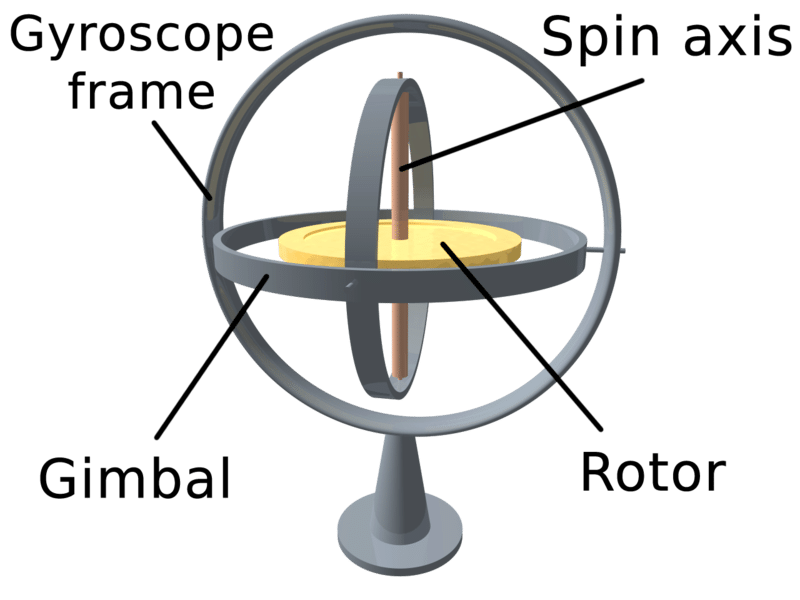Mini or micro RC helicopters have become vastly popular over the last couple of years, mostly due to lighter lithium-polymer batteries and cheaper technology.
Throughout this article, I’ll use the words ‘mini’ and ‘micro’ interchangeably because as far as I’m concerned, they both mean very small – palm-sized in the world of mini RC choppers.
What You Need to Know About Micro Remote Control Helicopters
The bodies are traditionally made of a rigid EPP Styrofoam-like material or plastic and the blades are composed of a soft nylon or plastic.
The micro RC helicopters use a fixed-pitch design (the angle of the blades does not change). This adds to their durability and design simplicity. Controlling the micro RC helicopters is easy, use the left control stick to control the altitude and the right stick to control direction. The included weights are a nice touch, which allows you to trim the mini RC helicopter motion.
Since the micro RC helicopters are constructed out of lightweight foam, crash damage is minimized. All of the parts used are standard, so replacements are easily available. You can even customize your helicopter with colored rotor blades!
The micro battle helicopters are great for flying indoors, and for holding air raids in the living room.
How Do They Work?
Unlike a traditional R/C helicopter, micro or mini RC helicopters are set up to always move forward. You control the hover height and right or left turns. By adding tiny weights to the nose of the copter before takeoff you can adjust how quickly the copter moves forward.
These micro models are usually controlled by a 2 channel proportional infrared control system that controls the up/down and left/right movement.
As I said, the blade pitch is fixed and you move up and down or left and right by speeding up or slowing down the main and tail rotors.
They’re powered by a small brushed motor/pinion combination which turns the main gear that’s attached to the main rotors.
The tail rotor is powered by an even smaller brushed motor that’s attached to the fixed pitch tail rotor.
There are no gyro’s in mini RC helicopters like in conventional RC helicopters. Instead, they have a trim switch that controls the speed of the tail rotor. Once you find the balance to counteract the rotational force of the main rotors, the tail will pretty much remain steady.
Some mini RC helicopters take into account the main rotor speed and adjust the tail rotor to compensate as you ascend or decent while with others you’ll need to manually adjust the trim.
The whole system is powered by a small lithium polymer battery that is usually charged off the infrared transmitter in just a few minutes – this also eliminated more costly AC/DC wall plugs.
Most mini RC helicopters take about 10 – 20 minutes to charge and can buzz around for about 5-7 minutes depending on the model
The secret behind their stability in the air is the weighted flybar. The flybar is attached to the main rotors and functions similarly to a gyroscope.
The gyroscopic action has a tendency to maintain it’s axis of rotation relative to the ground and when no cyclic input is provided, it will keep the RC helicopter level.
There are also coaxial rotor designs that don’t use a tail rotor, but instead, use two main rotors that rotate in opposite directions to counteract each other’s rotational force.
What’s So Great About Being Small?
The big advantage of mini RC helicopters is that they can be flown indoors, even around people without having to worry too much about causing injury to others, your walls, or furniture.
I’ve had mine for over a year and even though it came with a few sets of replacement tail rotors and has had more than a few run-ins with the walls, I’ve never had to use them.
Unless it’s perfectly calm, they can’t be flown outside. At 10 or so grams, even the smallest breeze or gust of wind will cause you to lose control.
They’re also extremely cheap. When compared to a traditional RC helicopter that will run you up to $1,000 or more, their small size, mass-produced circuitry, and foam bodies allow them to be sold for a very affordable price.
For under $50, often under $30, they’re a lot of fun to play with and could be used as the first logical step in the world of RC helicopters.
They’re great fun for everyone and once you get the knack of it you won’t be able to stop zooming it around your home or office.
by Hobert Schmitmeyer






Very nice video very informative.
My issue is I have a mini syma R2 helicopter 3d functional helicopter and all light are on
but it will not connect to make it spin. It was working a couple of days ago and now it stopped.
When I turn it on and move the throttle bar up I hear a little click half way up but it does not engage.
I checked all the gears they are all working fine, replaced batteries all working.
I know it’s a long shot but can you give me some reasons and what to look for to fix it.
Thanks